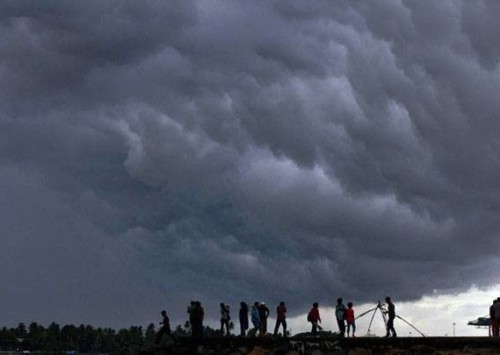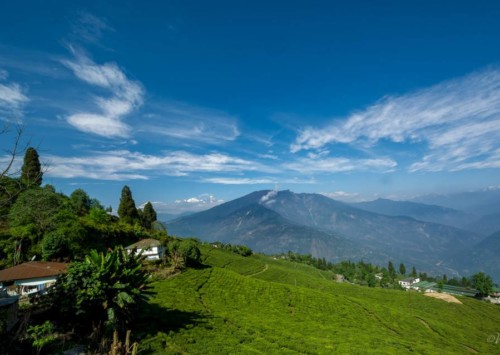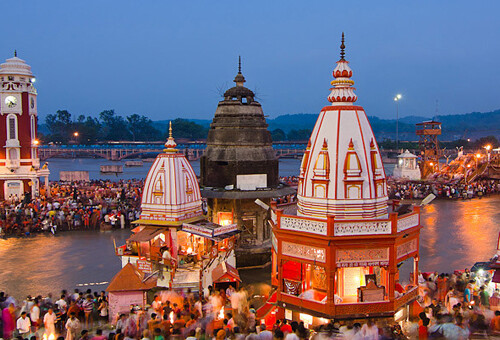Revisiting the story of Kedarnath
Between June 13 and 17, 2013, the state of Uttarakhand had received unusually high rainfall. This led to the melting of the Chorabari glacier and the eruption of the Mandakini river, leading to floods in the north Indian state. The film Kedarnath revisits the mishap while sticking to the essence of Bollywood and having a love angle to it. Here is flashback to the disaster.
Surrounded by the beautiful Mandakini river, snow-clad mountains, lush forests and mesmerising views, Kedarnath is a spiritual destination. Located in the state of Uttarakhand, Kedarnath is home to one of the most important and the highest Shiva (Hindu god) shrine. Situated at a height of over 3500 metres, the temple was built around the 8th century AD, and attracts thousands of Hindu pilgrims year round.
Sadly though, five years ago the temple town was devastated following heavy floods, on the grounds of which film director Abhishek Kapoor decided to make a film, starring female actor Sara Ali Khan alongside male lead Sushant Singh Rajput. Khan will be making her debut with the film, which is eponymous with the catastrophic floods that swept away entire Himalayan settlements in 2013. But what makes the temple town so special?
What caused the Kedarnath floods of 2013 in Uttarakhand?
Uttarakhand has experienced several devastating natural calamities in past, among which the cloudburst and the resulting flood were perhaps the worst.
Data from the Geological Survey of India (GSI) shows that Uttarakhand received an excess of rainfall — 375 pc more than the usual that resulted in water reaching dangerously high levels in the water bodies of the region. Additionally, the rainfall caused the Chorabari glacier to melt, causing a sudden burst of water into the Mandakini river. The torrential waves then overflowed onto land, sweeping through Kedarnath and Rambara.
Despite the fact that heavy rainfall and cloudbursts are natural causes for the floods and landslides, environmentalists also believe that the disaster of 2013 was man-made. Unplanned and haphazard construction, mismanaged tourism and other unsustainable activities including intensive mining in this fragile ecosystem are some of the reasons that led to the disaster.
The unwashed faith of people
More than 6,000 people were dead and hundreds of hutments and houses were washed away. The rain-triggered havoc unleashed in Uttarakhand was unprecedented in the state’s annals.
Now five years down the line, the Kedar valley, which bore the brunt of the flash floods, looks a different place, courtesy the large scale reconstruction works being carried out on a war footing. The 2013 Kedarnath floods had washed away people and buildings, but one thing that it couldn’t wash away is people’s faith in the temple, which still stands still, while everything else got washed away. This is the reason why the temple witnessed more than ten lakh pilgrims this year, which is the highest till now.
While the faithful deem its survival to the divine intervention, the secret to its survival is believed to be centuries old. The temple has deep foundation and thick walls and is made in such a way, that it is capable of withstanding humongous amounts of pressure.
Kedarnath- the film
Set against the backdrop of these floods, the film is a classic love story of a Hindu pilgrimage (Sara) and a Muslim local guide (Sushant), which triggers the differences between the two communities and unfolds in a twisted tale of love.















